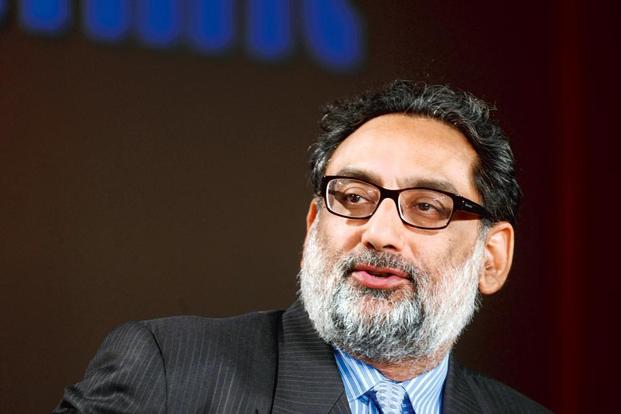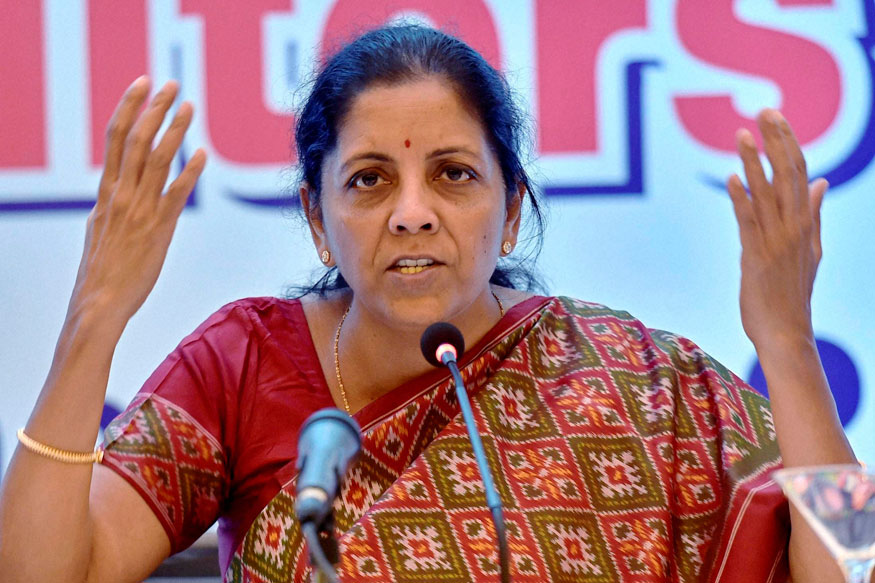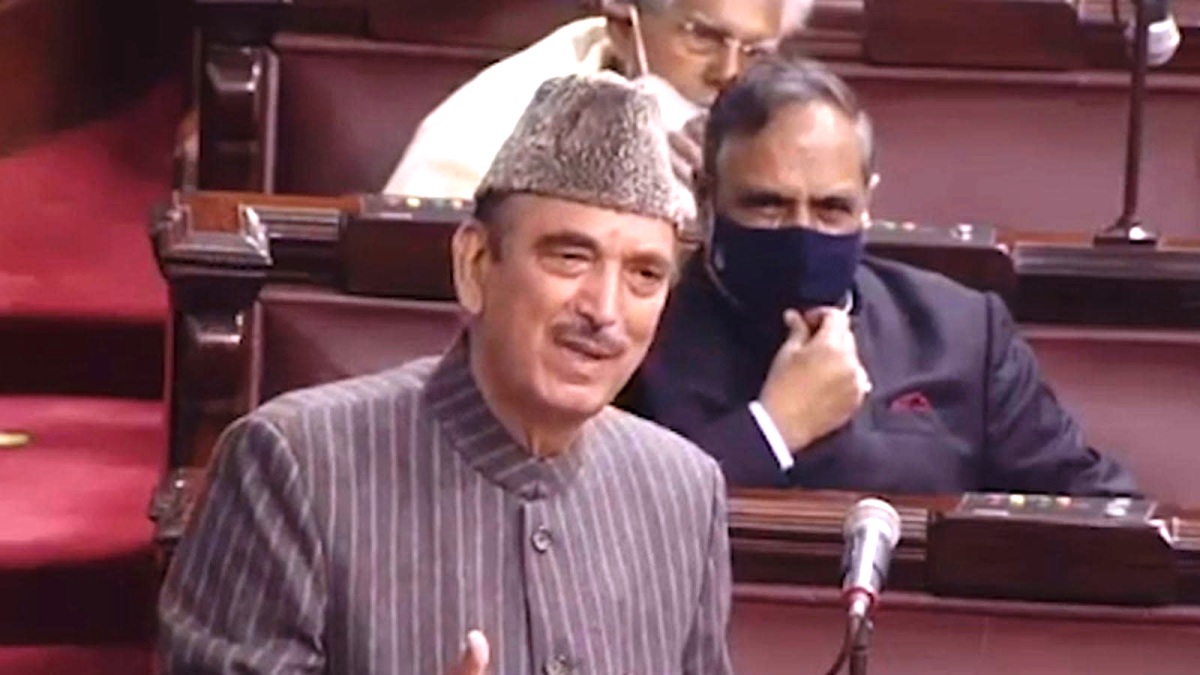J&K Government tabled the J&K Economic Survey 2017 in the state legislature. It carries a number of chapters listing and detailing the various initiatives that were introduced last fiscal. One of them is about the how the government is working on Pay & Accounts Office System. Here Kashmir Life reproduces the entire chapter in larger public interest

A major restructuring initiative, PAO system is an alternative to archaic system of Treasuries. Huge bundles of budget documents detailing the expenditure of different departments would lose part of the weight, courtesy to the new model being adopted by the government.
The new system will completely change the way government pays its bills of contracts and services. The onus of getting the bill cleared within a specific time is with the official for whom you worked. The new system has devoured the very famous ‘drawing and disbursing authority’ of almost all, including the Deputy Commissioner’s who will now be assisted by Payment Advisers.
The PAO system will help manage better ratios. State government spends its entire budget under 29 grants. In order to see where the public expenditure is being made, the 29 grants are being grouped into five: Administrative Service, Social Service, Infrastructure Service, Economic Service and Financial Service. Corresponding to this structure, there will be administrative structure. The 29 grants would survive for administrative purposes. The social sector grants will include Social Welfare, Health, Education. Infrastructure grant will include Power, Roads & Buildings and Public Health Engineering.
The treasury is a central point for every government department where revenue is deposited, payments are made and even salary disbursed. Gradually, most of this activity has shifted to banks making Treasury Officer to pass bills only. Treasury, a household name is going to be a history.
Specific to geography, an official in particular treasury would deal with all kinds of bills related to different departments. The larger question is: If work is same, why should a payment officer be restricted to a particular geography? The PAO would check if the bill is right, fulfilling all the codal procedures, and will make the payment.
In the new system, “payment will be done by the unknown face” on basis of the submissions made by the officer who is mandated to carry out the work and not the contractor. An officer will receive the bill, check it, converted it into GPF file and upload on the system and the competent authority will check it for all the procedures, and credit the liability to the bank account.
The Hon’ble Finance Minister in his budget speech has announced that the Finance Department is going to shift to Pay & Accounts System instead of present Treasury system so far as Government payments are concerned.

The overall technological revolution in banking & financial system call for reforms in Government payment system. It was therefore felt that the present Treasury System which is geographically demarcated shall be replaced functionally aligned by PAO system for all receipts and disbursement for the Government. The PAO offices would be departmentally aligned and would deal with those Heads of accounts which are related to the function of their concerned departments only. This would be unlike the current system of geographically defined treasuries dealing with the multiple functional heads of accounts of all the departments instead of receiving the receipts and disbursing the payments of numerous departments in the Treasury system, the PAO system would deal with just one department. This will ensure better understanding of the department resulting in better forecasting, budgeting, accounting and reporting.
The PAO system shall be equipped with a pre-Check system which will help in monitoring and controlling the purpose and objective of payments, budget sanctions, ceilings and proper classifications.
In the present system bills/vouchers are physically carried to a network of treasuries which are within the radius of 5-10 kilometers from the DDO’s. This will be replaced by computerized Integrated Financial Management System (IFMS). In the IFMS, bills will be processed online at all levels viz generation of financial sanctions by the competent authority, generation of bill and passing and payment by the PAO. Besides making the payment faster it would bring more transparency and accountability in the system.
The PAO system is in the final stages of implementation and the software is also in the final stages of development and is likely to be rolled out in the very near future. The system has already been explained to all the stakeholders including HOD’s/contractors/traders etc who have appreciated the same and assured their full cooperation. Their suggestions have also been taken care of by the department.















